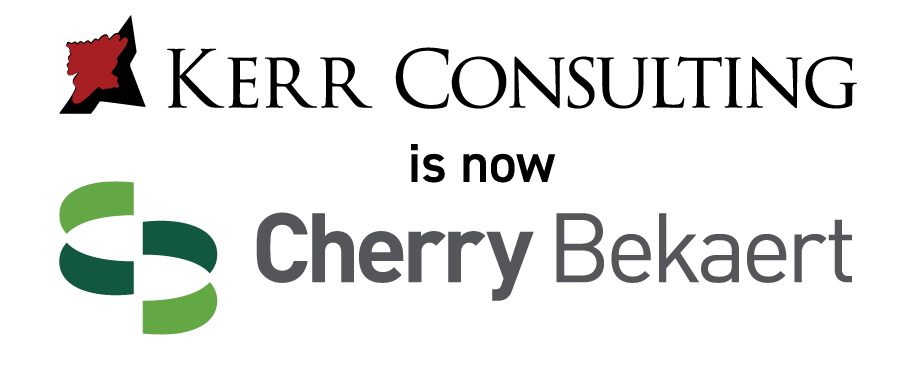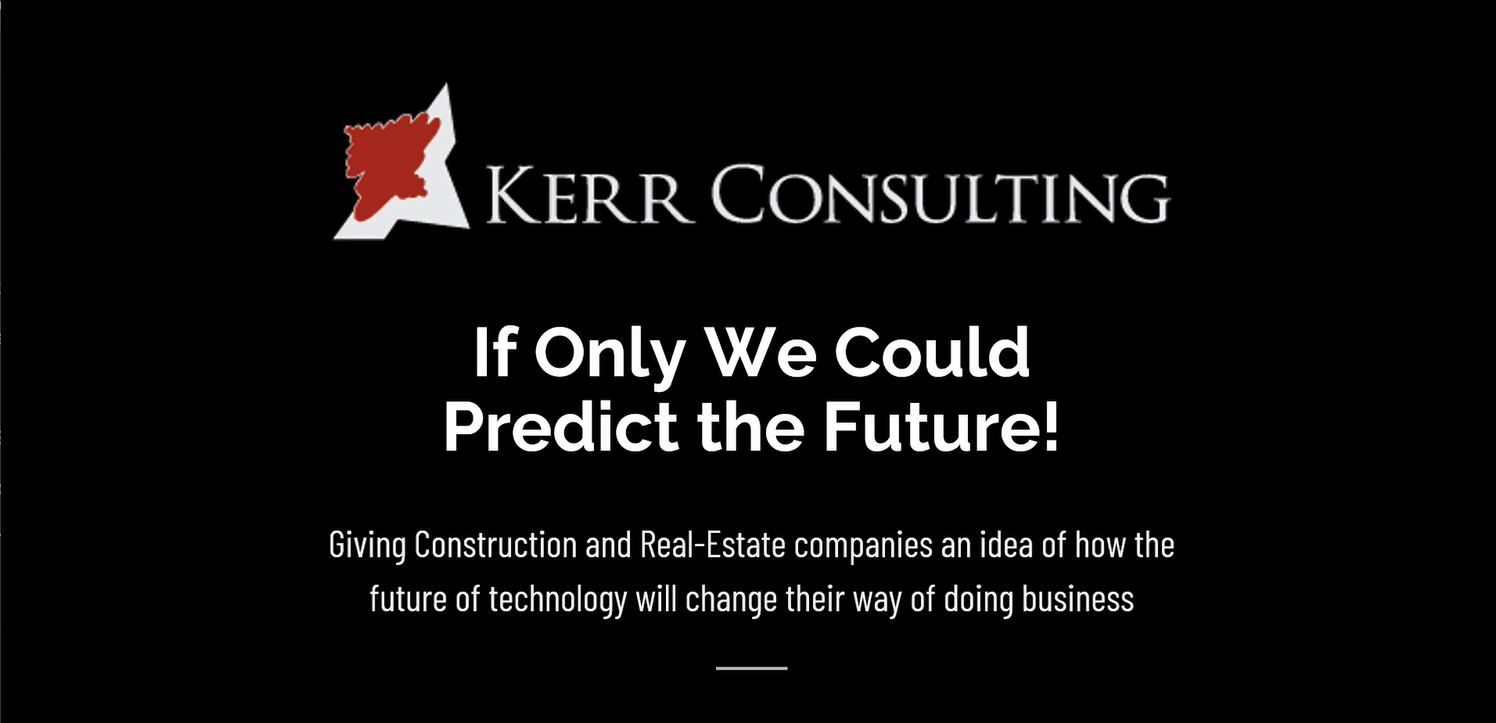Watch Now: "If Only We Could Predict the Future - Your Plan for Construction & Real Estate"
Watch Now:
"If Only We Could Predict the Future - Your Plan for Construction & Real Estate"
If Only We Could Predict the Future
by Misty Palek
1. Intro
2. History of on-premise software
3. Life cycle of software
4. Sage Intacct as a solution for you (conclusion)
The Future
In the ever-evolving world of industry, being without a suitable accounting software is like finding oneself tumbling over fierce, rolling rapids, without so much as a paddle. In a way, accounting software is the life jacket of the business world: easy to forget, and yet so deeply critical that most successful people would never think to go on the water without one. Much like the ever-important life jacket, accounting software, especially regarding the business of construction, has seen numerous improvements over the last several decades, and a central question remains in the mind of most people in our business. Where to next?
In order to understand where we are going, it is important to understand where we have been. Accounting software has long been essential in construction, and it has evolved with the industry over the course of nearly forty years. Timberline, a company started in Beaverton, Oregon, by John Gorman and a team consisting of only four people, would become a key player in early construction-based accounting software. They would develop a construction-focused software which shared the name of Timberline, that would rise to popularity in the years after its release in the late seventies. Following a weak construction industry and a subsequent slump in the nineties, Timberline’s software was acquired by Sage in 2003 and transformed into Sage 300 CRE. The program has remained virtually untouched for nearly twenty years, and although it does provide the essential features a construction company demands, it has begun to show its age as an on-premises software in an era dominated by cloud computing.
Another prime example of a software which would emerge in the infant years of accounting software was Master Builder. Master Builder was a pet project, originally, developed by experienced contractor Dan Smith out of his office in San Francisco. Following the release of newly developed personal computers, Dan would opt to teach himself computer programming in the pursuit of a construction-centric accounting software, merely for the purpose of improving his business. His software swiftly became a key player in the construction industry.
Dan would continue to improve the program for several years, and in 2001 Intuit, a popular software provider famous for their QuickBooks software, would purchase Master Builder, with the draw of moving contractors from the more general QuickBooks to the highly construction-focused Master Builder. Sage would purchase Master Builder from Intuit in 2006. They would subsequently make several improvements to the software, with the hope of creating a viable competitor to the emerging QuickBooks Online. Although the program is capable, it lacks true cloud integration, and similarly to Timberline, it is beginning to expire.
Software, much like the hardware it runs on, has a limited lifespan. Software typically has a functioning lifespan of a lowly six to eight years, before the software begins to slow down or is eclipsed in value by some other option. Considering the forty plus years this software has been in use for, it becomes shockingly obvious that the days of these programs are numbered. Although a great deal of contractors have successfully used these products for a very long time, a so-called “Great Migration” is underway, as numerous companies have begun switching to the powerful cloud-based options of the future.
One question many people ask when dipping their toes into the pond of cloud software is, put simply, why? If they have a solution that works well enough for them, what would be the purpose of an upgrade? Primarily, the switch makes sense when considering two key factors: cost and sunsetting. On average, switching to cloud-based software and abandoning the clunky, on-site server rooms of the past can save up to fifteen percent on IT costs. Because the servers cloud-based software runs on are stored in far-off warehouses, businesses need not worry about paying an expensive IT professional for when things inevitably go wrong. Furthermore, as on-premises software grows older, the chances of their parent companies shutting off support to that software grows and opting to switch to the cloud now could save the panic of a sinking ship later. When software isn’t supported, using it becomes an expensive headache, and given the fact that cloud-based software can save money when implemented, it easily cements itself as the accounting software of the future.
Intacct would make their debut into the world of cloud-based computing in 1999, with the development of Sage Intacct. Intacct was initially a generalist software, functioning as Sage’s answer to the emerging world of the cloud, and it was geared toward anyone who needed a solid software for keeping track of their financial information. It placed special emphasis on projects of all kinds: from nonprofits to healthcare. Intacct was a solid foundation for the construction industry, but with the development of Sage Intacct for Construction in 2021, many newfound bells and whistles would contribute to the widespread versatility of the program, and it now reigns as a frontrunner in construction.
Another question may be ringing out now: why Intacct? Primarily, its open architecture secures its place as one of the most powerful cloud-based software available. Instead of attempting to make Intacct do many things poorly, and risk its developers not being able to keep up with the pace of innovation in the coming years, Sage instead opted to make Intacct a very honed software that sells itself mainly as a financial backbone. To supplement this, Sage made Intacct capable of integrating with a huge library of other, high quality, third-party software, allowing Intacct to possess nearly limitless potential.
Cloud-based software is quickly becoming the norm in construction, and the on-premises software which formerly reigned is becoming obsolete. In the high-velocity realm of construction, the choice between the on-site server and the cloud is one of sink or swim. Given its power, Sage Intacct is a lifeboat.
Where is your company going to be in 5, 10, 20 and beyond years? Contact Kerr Consulting today.









